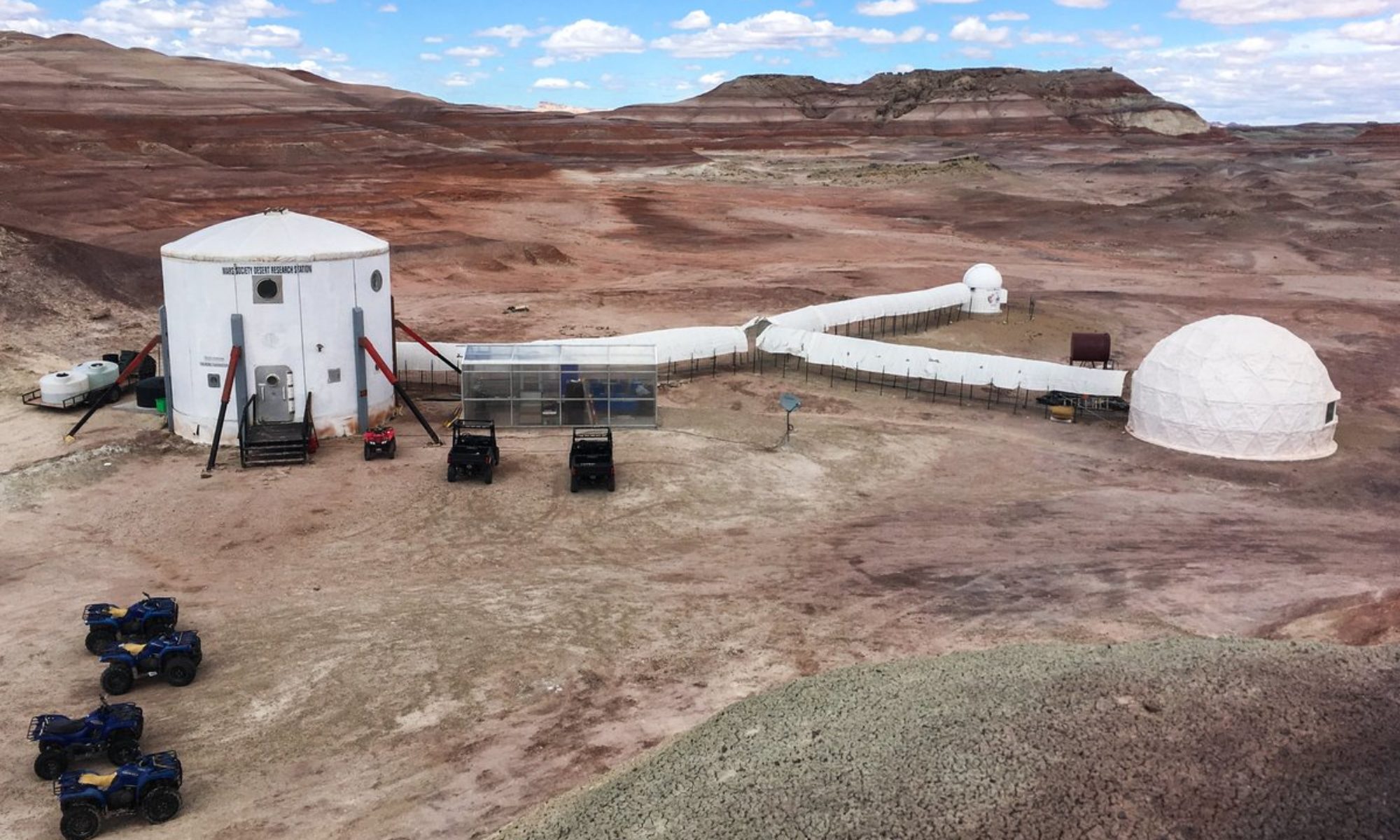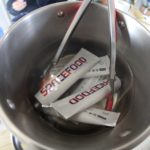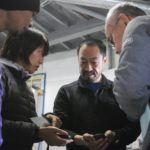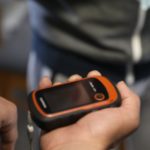Crew 191 Operations Report 28/03/2018
SOL:4
Name of person filing report: Wataru Okamoto
Non-nominal systems: N/A
Notes on non-nominal systems: N/A
Generator (hours run):12.6hours
Solar SOC % (Before generator is run at night)
Diesel under 25%
Propane 72psi.
Ethanol Free Gasoline (5 Gallon containers for ATV) ? 7gallons.
Water (trailer) 50%
Water (static) FULL
Trailer to Static Pump used ? no
Water (loft) Static to Loft Pump used yes
Water Meter: 7:30 132802.5
Toilet tank emptied: no
ATV’s Used: (Honda, 300, 350.1, 350.2, 350.3) –
Oil Added –
ATV Fuel Used: N/A
Hours the ATVs were Used today: N/A
Notes on ATVs: N/A
Deimos rover used: –
Hours:
Beginning charge:
Ending charge:
Currently charging:
Sojourner rover used: ASSIGNED TO DIRECTOR
Hours:
Beginning charge:
Ending charge:
Currently charging:
Spirit rover used: –
Hours:27.9h
Beginning charge:100%
Ending charge: 100%
Currently charging: 100%
Opportunity rover used: Tsukishiro, Takeda
Hours: 26.9h
Beginning charge: 100%
Ending charge: 100%
Currently charging: 100%
Curiosity rover used: Morisawa
Hours:22.2h
Beginning charge: 100%
Ending charge: 100%
Currently charging: 100%
HabCar used and why, where? –
General notes and comments: –
Summary of internet: Under control
Summary of suits and radios: One of radios’s (Midland GXT X-TRA TALK) internal microphone doesn’t work. But if connect an external microphone it can still be use.
Summary of Hab operations: Shower heater doesn’t work.
Summary of GreenHab operations: No problem
Summary of ScienceDome operations: Only use checking the solar system.
Summary of RAMM operations: N/A
Summary of health and safety issues: No problem
Questions, concerns and requests to Mission Support:
– Please charge the Diesel gas.
– Please give us information how to repair the shower heater.
– We repair No.5 Backpack yesterday. Now We can use normaly.
– Please give us information of radio how to fix.










You must be logged in to post a comment.